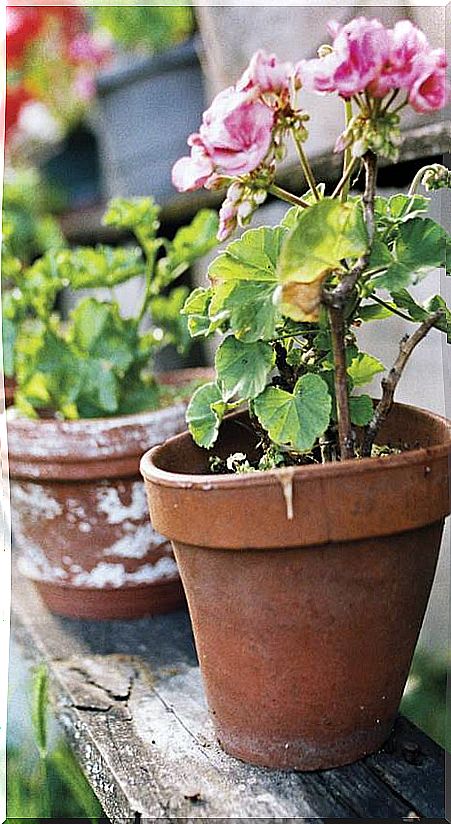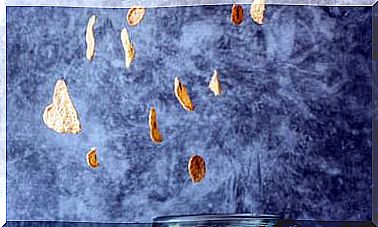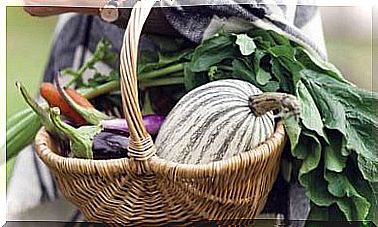Your Garden In Spring Needs You More
The activity in the orchard at this time is frenetic, as it begins to bear juicy and delicious fruits. That is why it needs more of your attention.

The garden provides work all year round and is rewarding at all times. But in spring is when we see its most beautiful fruits and when the required care is greater. We give you some guidelines on the challenges that the small gardener faces.
Well supported bulbs
The bulbs grow tall. When planting them, place stakes for support, especially if it is a windy area. They can be made of bamboo, 60 cm. If you plant them in parterre, when the aerial parts disappear, the tutors will also remind you where they are and you will avoid digging there by mistake.
Garlic and chilli against bugs
If you fertilize the garden soil with a good compost and not with chemical fertilizers, you will hardly have problems with pests or parasites. But there are times when growing conditions are not optimal and some aphids or whiteflies may appear.
Its control in organic farming is simple and is carried out with treatments of water and potassium soap or with extracts of garlic and chilli.
You can also prepare a garlic or chilli maceration at home, or both in combination, and spray it on the plants. Another effective option is to steam infested parts with a household steamer.
Renew your flowers
It is time to cultivate them for beautiful and vibrant species in the coming months.
- Aubrieta. Of upholstery habits; ideal for rockeries. Likes sun or semi-shade.
- Pelargonium peltatum . The most butterfly resistant geranium. Ask for sun and water only with dry land.
- C onvulvulus cneorum. This shrub prefers well-drained soils in full sun.
- Silene. Plant it in well-drained soil and water sparingly.
- Gallantry. Easy growing biennial, as it requires little water.
- Cerastium tormentosum. Efficient perennial upholstery to put in full sun.
- Farinaceous sage. Plant also in full sun. There are no known pests.
Spring Garden Calendar
We explain what are the vegetables that you can harvest and some secrets for their care at this time of year.
- White cabbage. Cabbage variety with smooth or slightly curled leaves with a milder taste than dark green, but just as nutritious and healthy.
- Strawberries. The best time of year to enjoy juicy and sweet strawberries grown in the garden, in the pots or on the grow tables.
- Asparagus. In the field we find the green wild asparagus and in the orchard we are harvesting the tender shoots of the bleached ones.
- Broad beans. In cold areas they are at their point; in the warm ones, at the limit of its harvest. Let them grow in a bush to save seeds.
- Courgettes In temperate zones, tender specimens are harvested for months if we give the bushes frequent watering and compost.
- Carrots We can now thin out the juicy, early larger carrots that we sow in January or February.
- Apricots It is time to enjoy one of the most nutritious seasonal fruits, whose surpluses are transformed into jam.
- Trocadero lettuce. This variety of tender and head leaves adds a delicious touch to our salads with its soft texture.
- Low-grade beans. They are the first to produce abundant crops, which with early potatoes offer a healthy delicacy.
- Cherries Ideal time to climb the cherry tree and fill up on lustrous red cherries, a pleasure that we should all experience.
- Tomatoes. The first tomatoes of the season will add color to salads. If we restrict irrigation we will increase its flavor.
- Garlic In warm orchards the heads will already be well formed and can be harvested, although it may be advisable to let them dry in the ground first.









